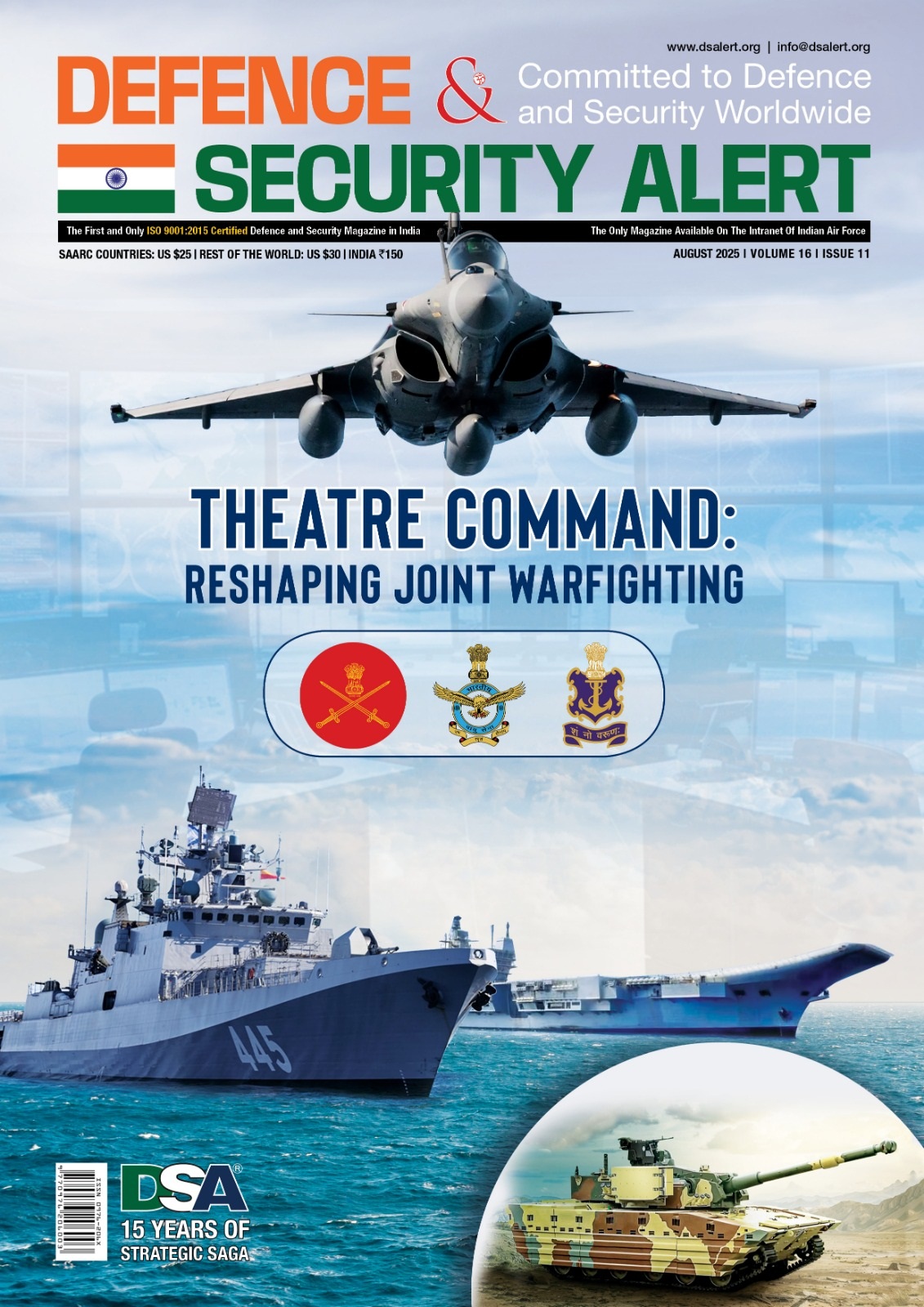In a world increasingly dominated by digital news flashes and algorithm-driven feeds, print magazines continue to hold a powerful charm—especially for those who seek depth, credibility, and curated insight. For military and defense enthusiasts, print is more than a medium; it’s a collector’s passion, a study tool, and sometimes, even a window into classified mindsets and strategic culture.
If you’re someone who follows India’s evolving defense strategies, rising indigenous capabilities, or global military trends, there are several Indian print magazines that deserve your attention—and maybe even a proud spot on your coffee table.
One of the most respected names in this niche is DSA – Defence and Security Alert, a magazine that has become synonymous with sharp commentary, expert interviews, and cutting-edge defense updates. Launched in 2009, DSA is India’s first ISO-certified defense magazine, and it has consistently maintained its editorial depth. What makes it stand out isn’t just its glossy pages or design—it’s the substance. Each issue dives deep into topics that matter to India’s national security.
Theatre Commands: Reshaping Joint Warfighting
Take the latest edition, for example. Titled “Theatre Commands: Reshaping Joint Warfighting”, it explores one of the most significant military reforms in independent India’s history. The article examines how the government’s June 2025 directive gave the Chief of Defence Staff (CDS) the authority to issue joint operational commands across the Army, Navy, and Air Force—bringing India closer to a joint theatre command structure. It’s a subject that’s been debated for years within strategic circles, and DSA unpacks it with clarity, quoting defense officials, explaining command realignments, and assessing implementation challenges.
Reading this edition, one realizes why print matters. Unlike the short-lived shelf life of a tweet or headline, a magazine like DSA creates a permanent record—something readers can return to, annotate, or even debate with peers. It becomes part of the defense narrative itself.
Another heavyweight in this category is FORCE Print Magazines. A monthly publication that’s widely read in the Indian armed forces, FORCE delivers strong visuals, expert columns, and boots-on-ground reportage. Whether it’s analyzing an army modernization program or reviewing a strategic weapons system, the magazine manages to blend tactical precision with journalistic flair. FORCE is especially valued for its interviews with serving and retired officers, which often offer a rare look into real-world dilemmas faced by the services.
Similarly, Indian Military Review (IMR), published by the IDYB Group, caters to a more intellectual audience—defense scholars, senior officers, and think tank members. Known for its analytical essays and doctrinal discussions, IMR often publishes contributions from ex-generals, war college faculty, and defence policy experts. If you’re preparing for competitive exams, SSBs, or just want to strengthen your grasp of India’s security environment, IMR is a solid investment.
For maritime lovers, Sea and Coast offers a unique lens into naval operations, coastal security, and India’s push toward becoming a blue-water navy. From coverage of multilateral naval exercises to insights into indigenous submarine programs, this Print magazines has found a niche audience that deeply values naval affairs.
So, where should one start if they want to subscribe?
Most of these magazines offer direct subscription options through their websites, often with monthly or annual packages. Some even offer bundled editions or discounted rates for defense personnel, students, or long-term subscribers. For example, DSA and FORCE both have easy-to-navigate subscription portals. You can sign up for home delivery or institutional distribution if you’re part of a defense college, think tank, or library.
But why opt for Print Magazines in the first place?
Firstly, depth. Print magazines are not competing for your clicks—they’re competing for your respect. The articles are researched, reviewed, and edited, often involving weeks of reporting and expert engagement.
Secondly, access. Some sensitive or strategic commentaries don’t get published in open-source online platforms. In print, editorial teams have greater discretion and control, which results in content that’s sometimes more honest and insightful.
And lastly, preservation. Whether you’re a military aspirant, a veteran, or an academic, having a physical collection of magazines allows you to build your own archive—a timeline of India’s evolving defense narrative, captured month by month.
Coming back to the DSA edition on theatre commands—this is perhaps the best moment to start collecting. The issue not only breaks down the newly notified powers of the CDS but also analyzes how India plans to reorganize its 17 service-specific commands into fewer, integrated theatres. It debates questions like: Will these theatres be geographically oriented? Will they prioritize threats from Pakistan, China, or internal insurgencies? Will there be friction in inter-service hierarchies?
Such discussions are not just academic—they have real implications for how India prepares for future wars, manages joint logistics, and coordinates HADR operations across services.
In closing, if you care about national security beyond headlines, want to read what generals are actually thinking, or simply wish to stay ahead of defence reforms like theatre command integration—subscribe to one or more of these print magazines. Start with the latest DSA. Let the pages unfold the battlefield of ideas, strategies, and capabilities shaping India’s security future.
